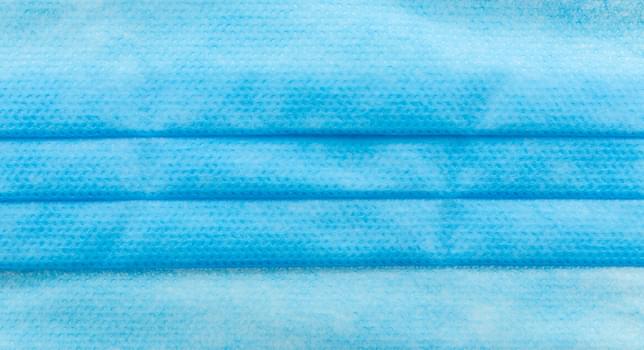
The global consumption of nonwovens in 2022 is 687,300 tonnes or 19.1m2, valued at $2.1 billion. Growth rates for 2017–22 were 6.3% (tonnes), 6.5% (m2) and 6.2% ($). Growth rates reflect the effects, (negative and positive) of Covid-19 on wetlaid nonwoven end-use markets. Wetlaid nonwoven markets were only marginally affected by Covid-19.
This report documents the growth of wetlaid nonwovens from 2017 through 2027 and includes a detailed quantitative breakdown of nonwoven consumption by specific process variants (including hydroentangled wetlaid, DRC [double recrepe] wetlaid ,as well as glass fibre based and all synthetic wetlaid), by raw material usage, by end-use application and by geographic region. Key trends are explored and discussed including: the response of wetlaid nonwovens to increasing demand for electric vehicles (and lithium ion batteries and battery separators); potential bans on single use plastics; the overall sustainability movement; and the regulatory and consumer scrutiny of flushable wipes.
Our exclusive content
This report is based on extensive primary and secondary research. Primary research consisted of targeted interviews with nonwovens material suppliers, converters and experts drawn from key markets. This was supported by secondary research in the form of extensive literature analysis of published data, official government statistics, domestic and international trade organisation data, company websites, industry reports, trade press articles, presentations, and attendance at trade events.
Who should buy the report?
This report documents the growth of wetlaid nonwovens from 2017 through 2027 and includes a detailed quantitative breakdown of nonwoven consumption by specific process variants (including hydroentangled wetlaid, DRC [double recrepe] wetlaid ,as well as glass fibre based and all synthetic wetlaid), by raw material usage, by end-use application and by geographic region. Key trends are explored and discussed including: the response of wetlaid nonwovens to increasing demand for electric vehicles (and lithium ion batteries and battery separators); potential bans on single use plastics; the overall sustainability movement; and the regulatory and consumer scrutiny of flushable wipes.
Our exclusive content
- How slower growth rates reflect the residual effect of Covid-19 on global economies
- Growth rates for 2022–27 are forecast at 5.7% (tonnes), 6.4% (m2), and 6.4% ($)
- Maturing markets for many new and traditional wetlaid end uses are witnessing slowed growth in China and parts of Europe.
- The growing importance of wetlaid nonwoven-based battery separators for lithium ion batteries used in electric vehicles and other electronic devices
- Insight into the importance of the hydroentangled wetlaid process variant
- Detailed examination of the growth of flushable wipes, ‘plastics-free’ wipes and the single serve beverage segment
- In-depth assessment of the key players and largest producers of global wetlaid nonwovens.
This report is based on extensive primary and secondary research. Primary research consisted of targeted interviews with nonwovens material suppliers, converters and experts drawn from key markets. This was supported by secondary research in the form of extensive literature analysis of published data, official government statistics, domestic and international trade organisation data, company websites, industry reports, trade press articles, presentations, and attendance at trade events.
Who should buy the report?
- Materials suppliers
- Nonwoven equipment suppliers
- Wipe manufacturers
- Users of wetlaid nonwovens
About the author
Phil Mango has spent almost 40 years in the nonwovens industry. He has had varying positions and areas of expertise within the industry, from applications management for the global leader in nonwoven binders to technology director for the world’s largest airlaid producer, to founder, owner and head of operations for his own nonwovens company. He entered the consulting field in 2003 and has authored more than 35 reports for Smithers.
Name The Future of Wetlaid Nonwovens to 2027
Date 3/4/2022
Price
$6750.00
$6075.00


